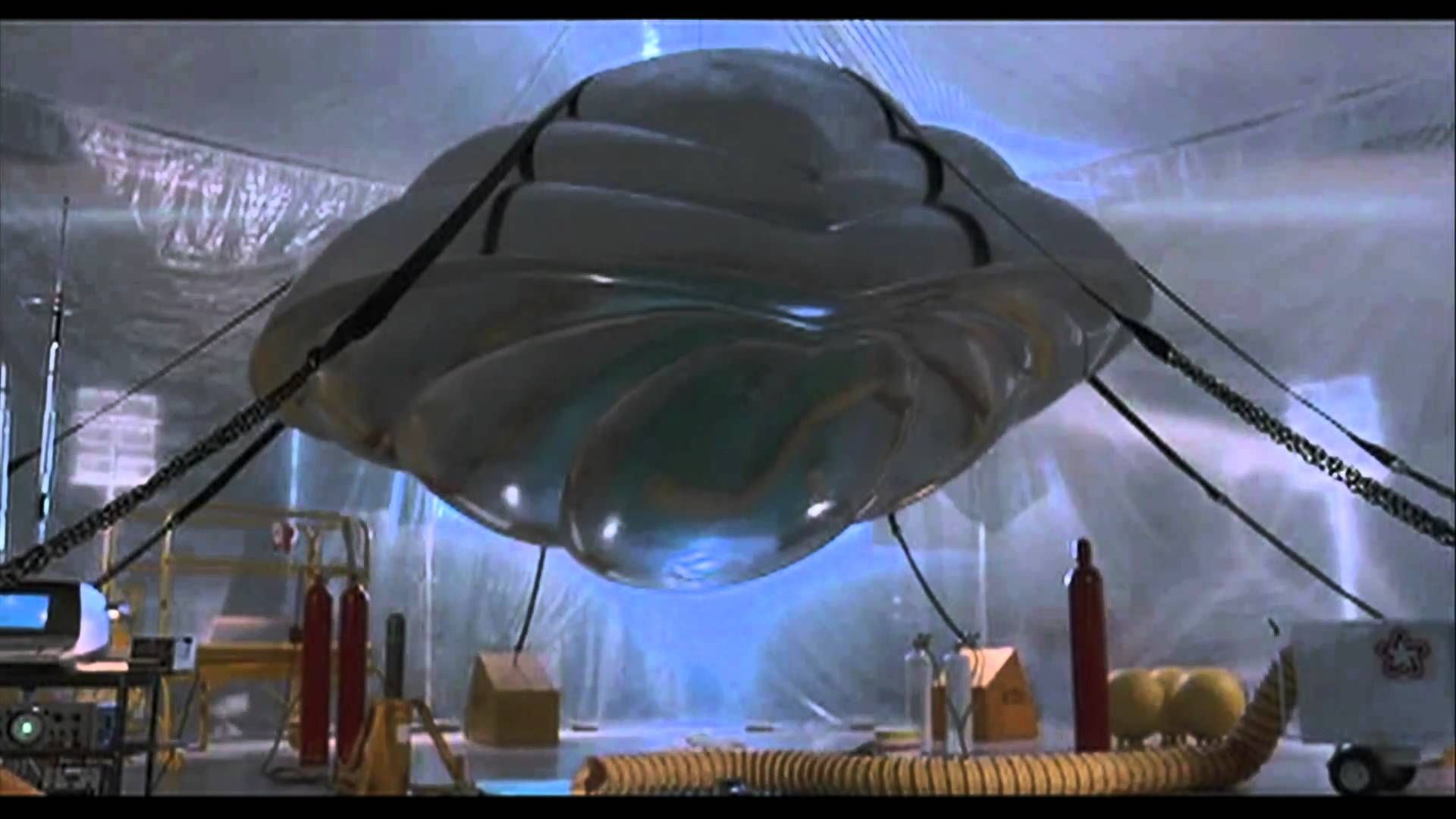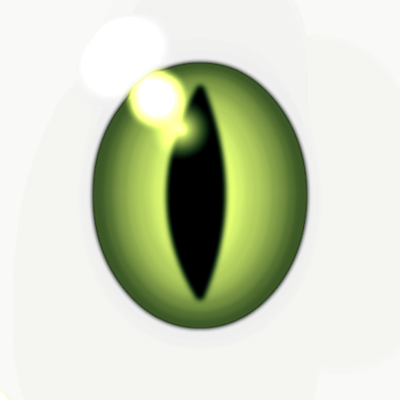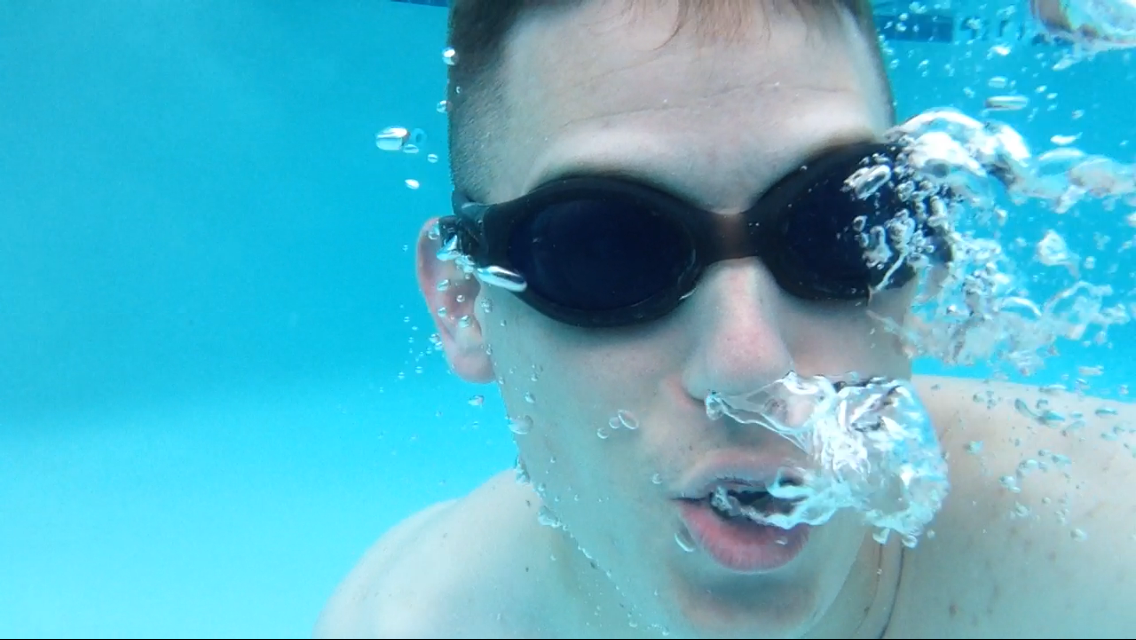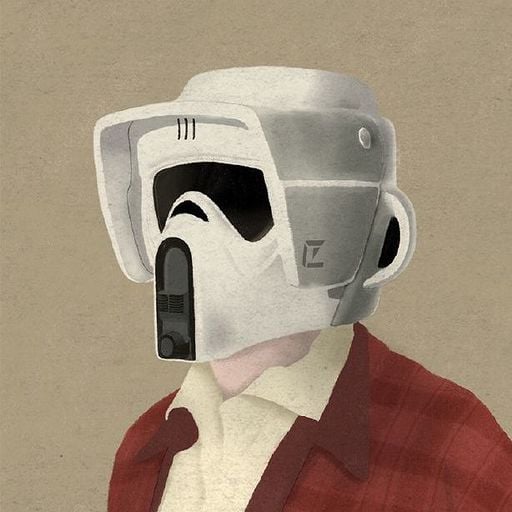PAGEOS had a diameter of exactly 100 feet (30.48 m), consisted of a 0.5 mils (12.7 μm) thick mylar plastic film coated with vapour deposited aluminum enclosing a volume of about 524,000 cubic feet (14,800 m3)[8][9] The metal coating both reflected sunlight and protected the satellite from damaging ultraviolet waves. The satellite was launched in a canister, which explosively separated as it was ejected from the rocket. Then, the balloon was inflated through a combination of residual internal air and a mixture of benzoic acid and anthraquinone placed inside, which turned to gas when the satellite was exposed to the heat of the sun.[9] It was the first satellite specifically launched for use in geodetic surveying,[3] or measuring the shape of the earth, by serving as a reflective and photographic tracking target. At the time, it improved on terrestrial triangulations of the globe by about an order of magnitude.[4] The satellite, which carried no instrumentation, broke up between 1975 and 1976.
This was super interesting to read about. I thought the picture surely had to be CG or AI created at first.
I thought the picture surely had to be CG or AI created at first.
Same… This photo is so surreal, I immediately thought of Simon Stalenhag.
At first I was like, what AI is this… Oho. Very cool!
Interesting. I wonder if the canister could fit in a modern microsat. Might be possible to recreate it for (relatively) cheap.
Over five years, 16 groups conducted observations at 45 globally distributed stations, about 3000-4000 km apart from each other.[4][7][12] 12 mobile tracking stations were used, which observed during favorable weather conditions during a few minutes of twilight each evening.[7][why?][clarification needed] BC4 cameras were used to photograph the satellite.[12] Observations were taken when the satellite was visible simultaneously to multiple stations at the same time.[12] This resulted in the fixing of the precise locations of 38 different points around the world.[4] This could be used to help determine the precise locations of the continents relative to each other, and to help determine the precise shape and size of the earth.
that is amazing! so cool
And it sounds like it was usable for 9 years. That’s impressive for a very thin balloon surrounded by 50,000mph dust particles
That’d actually very similar to how trig points work! It’s a giant orbiting trig point. Someone call the ordnance survey!
Big boyo.
Not a smart boyo tho.
Remember this experience when someone “knows” something is AI because It’s “obvious”, and don’t call me Shirley!
“Have you tried everything?”
“Everything, sir, it’s completely impregnable.”
“We must get inside. For all we know, something may be living or perhaps even dying inside this”
“It appears to be seamless–no way in, no way out.”
Getting Flight of the Navigator vibes.

1hr 30m
Compliance!
But where’s the giant hand holding it and the bearded Dutchman?

I haven’t watched Phantasm in a while
Reminds me of the tear drop scouts in the 3 body problem series
Ohhhhhhhhh, it was a balloon. I knew no spacecraft before or since could lift up something that size in a single trip.
Photographer is hiding in plain sight. Really. I have no idea how they did this.
I think they’re on the end of the catwalk right above the small building in the corner, which would make sense since they’d have to appear in the middle of the sphere unless the image is cropped. Hard to be sure with this resolution, but I’d bet those few lighter pixels are the person holding the camera.

Where’s the photographer in the reflection?
i noticed that in the OP too and it confused me a bit. then i noticed the dark corner bottom left, which is probably a bit of the wall of the dark room the picture was taken out of. that’s why the photographer isn’t in the reflection.
I think standing near the red things in the middle of the reflection. Look at the size of the forklift in the reflection for reference.
Naked, I know that much.
If my understanding of physics is correct, they’d have to be slap bang in the centre of the reflected image (assuming a perfect sphere), so somewhere on the framework of the corner of the building.
The center line of lights in the reflection is higher than the location on the wall, which leads me to believe that the photographer is just above vertical center. * Due to the nature of photographing a sphere horizontally they would have to be exactly centered.
I think they’re somewhere around here

Flight of the Navigator vibes
I don’t leak navigator, you leak.
As an origami fan I would be very interested to see how they managed to fold this thing up.

I’m glad someone commented this cause Dune 2 was the first thing that popped to my mind
This looks like an HDRI sphere render. :D
That’s a giant Christmas globe my guy












